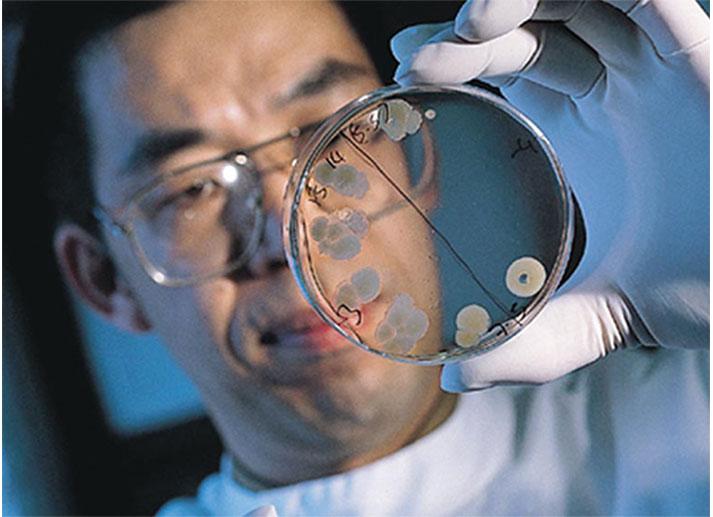These microbes are actually found throughout the entire digestive tract. But, because most favour a pH-neutral environment, nearly all inhabit low digestive tract, the cecum and colon.
The goal of microbial balance involves keeping the numbers of cellulolytic high and the lactic-acid producers low. Further, as cellulolytic bacteria produce volatile fatty acids, the proliferation of pathogenic bacteria, like E. coli or salmonella, cannot occur. If the lactic acid-producing bacteria population starts growing, they produce enough lactic acid to influence the pH of the gut, making it less hospitable for cellulolytic bacteria and more agreeable for the pathogenic bacteria. This is when problems may arise. How tolerant an animal is to changes in the pH before problems begin can be highly individual.
Balance is all about population control. When there is an overload of one kind of substrate that one type of bacteria digests, then there is a population explosion of that type of bacteria. This affects the populations of the other types of bacteria, since they have less substrate to digest and the by-product of the digestion of the booming population may make the environment less habitable for the rest of the microbials. Shifts in the bacterial populations can cause digestive upset.




